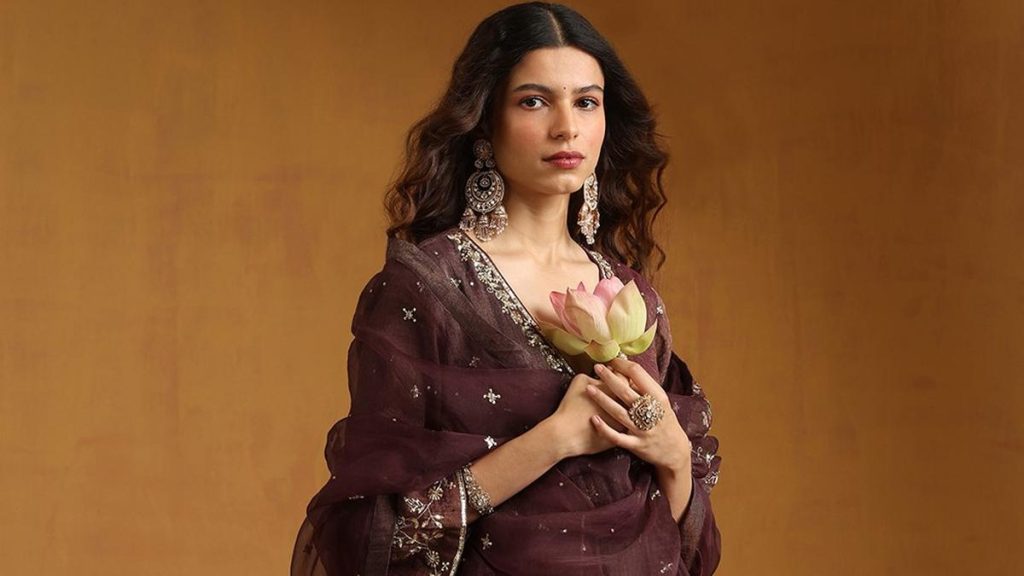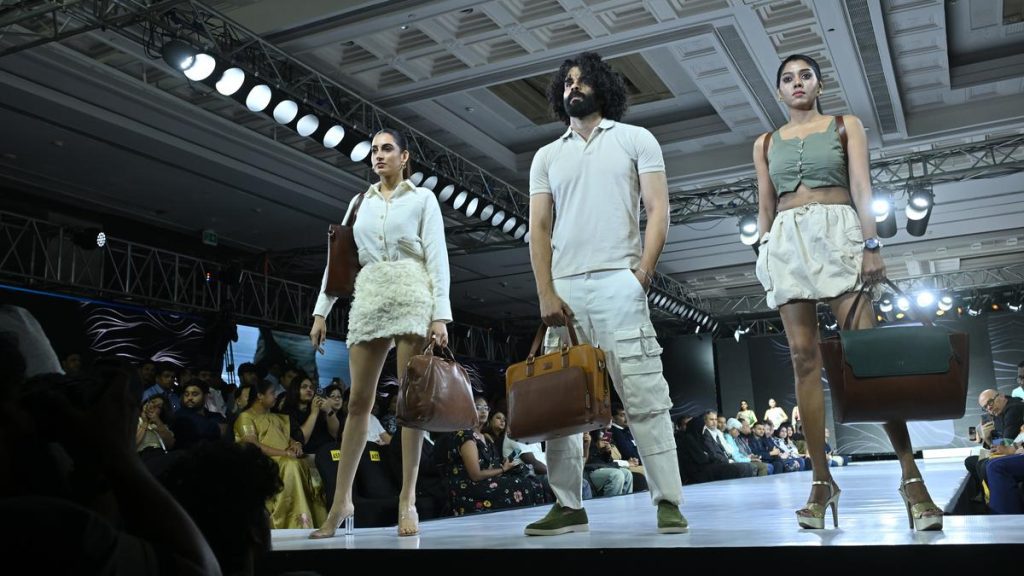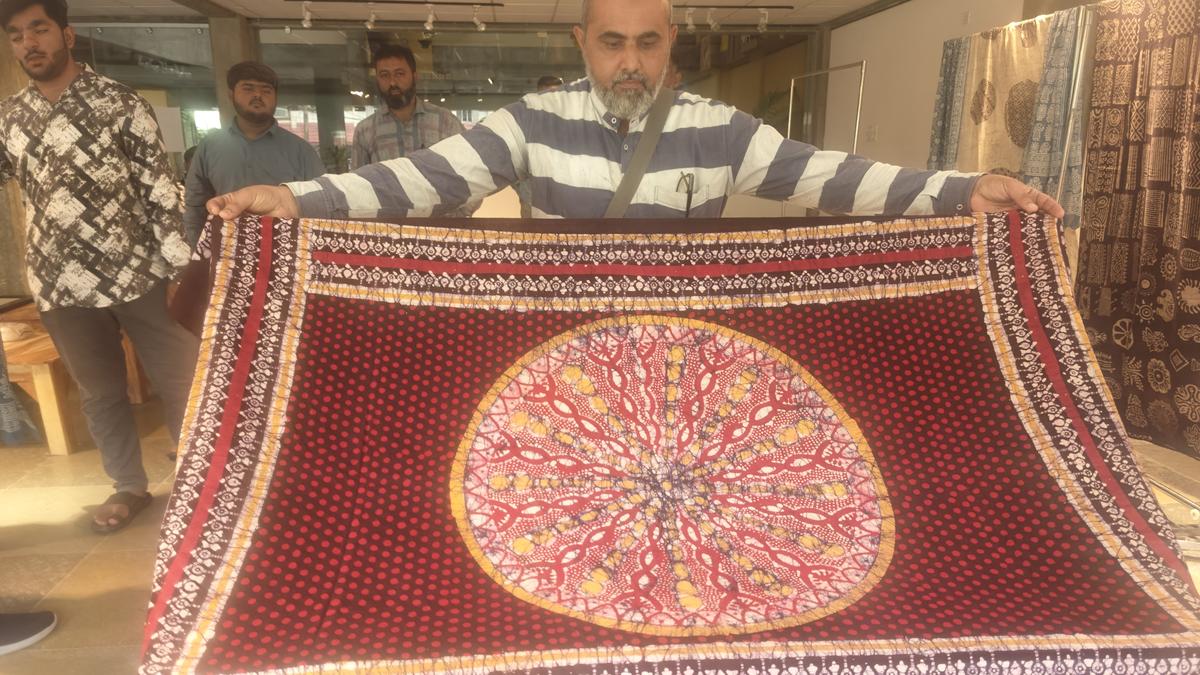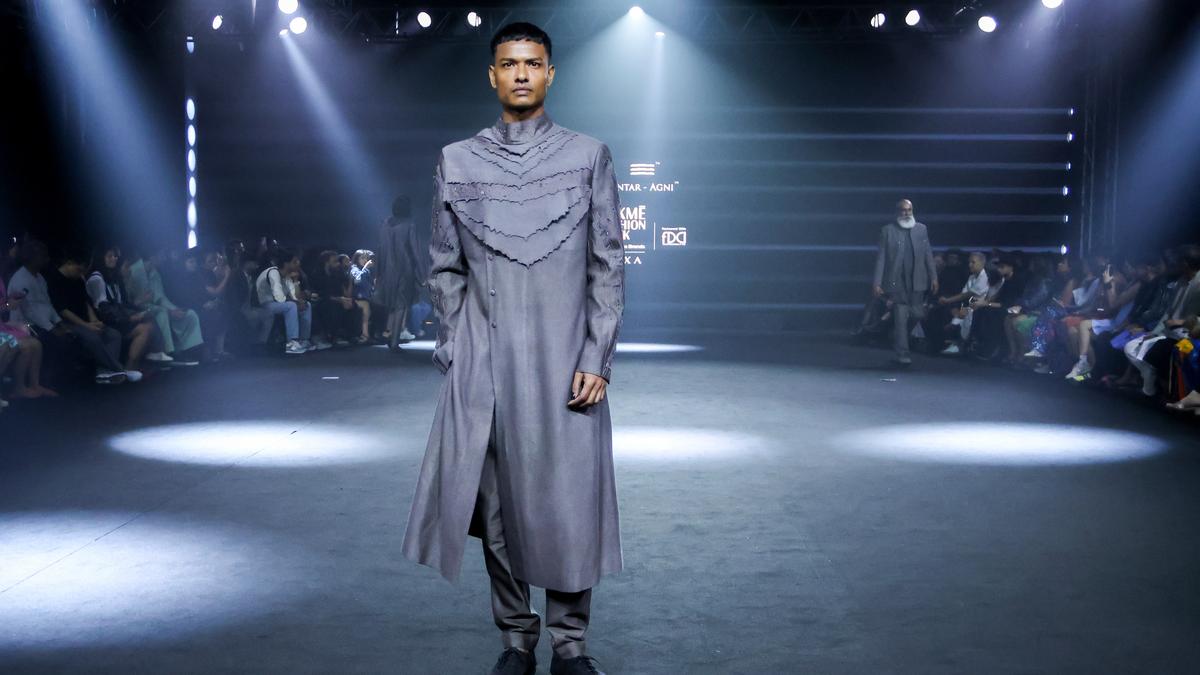Sabyasachi Mukherjee: The wedding love affair is over
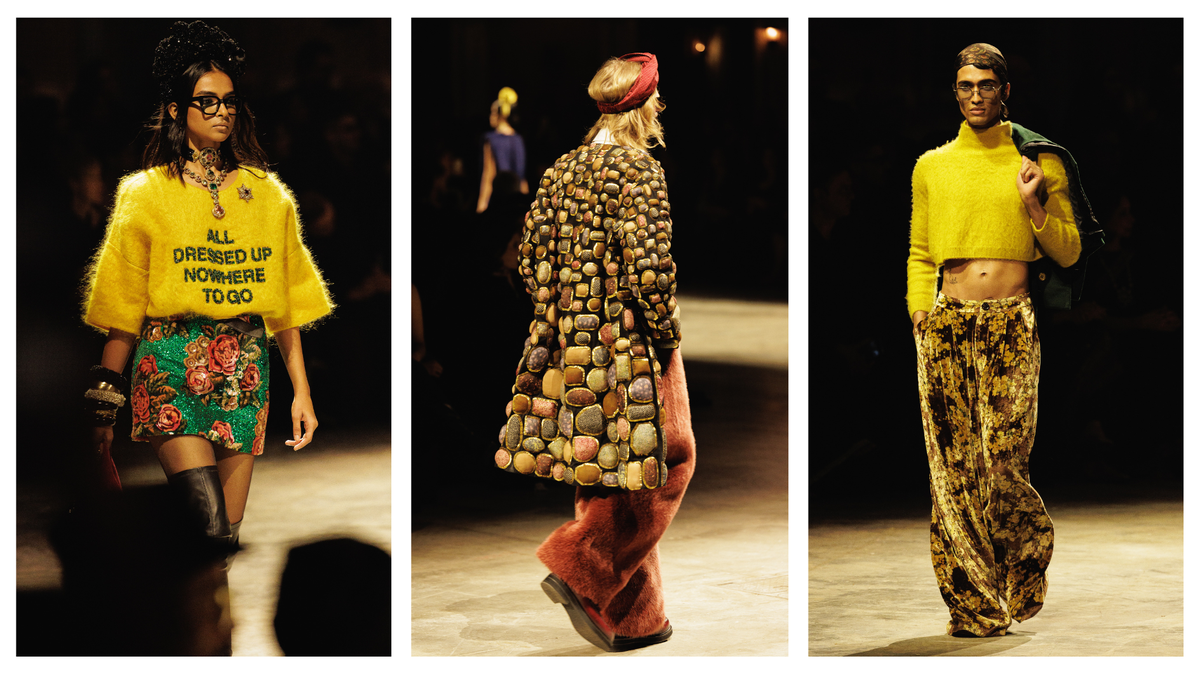

Sabyasachi Mukherjee: The wedding love affair is over
Sabyasachi Mukherjee says he is proof that middle class idealism can be a superpower. Twenty five years after he made his debut on the Indian fashion scene, the Kolkata resident has five stores, one of them in New York’s West Village, with jewellery and leather goods, both extremely successful, added to his portfolio. His company is expected to have a turnover of ₹500 crore this year.
“But it look me close to 20 years to get over the imposter syndrome,” confesses the designer, 51, who has often credited his grandmothers for his unique aesthetic. “It is difficult to tell yourself you have a gift. When I turned 40 I decided to accept it.”
Last weekend, Mukherjee pulled out all the stops for his 25th anniversary show in Mumbai where Jio World Convention Centre was recast as old Calcutta. The facade of grand mansions, fitted with characteristic green doors and windows, reading rooms, clotheslines and a fountain at the centre instantly charmed the 600-odd guests who attended in “strictly black”. But it was the collection of over 150 looks (all inspired by Calcutta and with up to six layers each) that caused the biggest stir, as pussy-bow blouses, short skirts, pinstriped suits, slogan dresses and spectacular jewel-encrusted coats replaced the opulent lehengas and high-necked sari blouses that have become the king of bridal wear’s signature.
Miss Havisham from Great Expectations. Oliver Twist. Frida Kahlo. Wes Anderson. Coco Chanel. Madonna. All Mukherjee favourites, their influences were evident on this “ready-to-wear with flavours of couture” canvas, with small-batch luxe materials sourced from across the world – Mongolian cashmere, Peruvian alpaca, Italian textiles, French tweeds, Brazilian sequins.
During the show it was clear that Mukherjee had made good on his promise to spend the second phase of his career creating a global luxury brand. There were separates that would hold their own at any international luxury department store. And as guests elegantly milled around with flutes of bubbly and snacked on bon-bons, tiered cakes, caviar (reportedly flown in along with the young Russian bartenders) and other delectable treats from the designer’s grazing table — the longest this time at 72 ft, courtesy wedding designer extraordinaire Devika Narain — the reviews were mixed.
Many were relieved at the global language and Indian craftsmanship, a few were underwhelmed, and joined by critics on social media. International retailers such as Bergdorf Goodman’s SVP and store presentation director Linda Fargo (also responsible for taking brand Sabyasachi to America) and Saks Fifth Avenue’s fashion director Roopal Patel were upbeat. “India has always been a behind-the-scenes resource and it’s time to get to the front of the global stage. I feel seriously that it is now India’s time,” Fargo, known as the ‘eyes of Bergdorf Goodman’ was heard telling British journalist and fashion critic Suzy Menkes who had also flown in for the show.
The next day at Sabyasachi’s flagship store in Horniman Circle, when guests dropped by for a ‘re-see’ (post fashion show, when editors get to see the looks up close), the designer admitted that he expected some criticism. An assistant lets slip that they had already received early orders for separates and from brides for their trousseaus.
“Change is never welcome because it puts people out of their comfort zone and it disorients them. When you base a brand out of a big bridal market, which will now probably become irrelevant as times change, a lot of people will be in denial about it. That is only expected and one needs to understand and respect it. What we are building is for the future, not for today,” Mukherjee began, as he encouraged the small group of journalists and retailers to inspect the couture flowers on printed organza saris and the white double boiled woollen trousers that American supermodel Christy Turlington had worn on his runway the previous night.
Obviously, Sabyasachi has been fine-tuning the concept of ‘hidden luxury’. What looked like tweed was actually layers of embroidery when seen up close. Incidentally, this tweed play is also seen at Chanel Haute Couture SS 2025 at the Grand Palais three days later. Through the lightness of the materials and subtle trompe l’oeil, painted lace and embroidered chiffon enhanced with halos of colour give the perfect illusion of tweed.
Meanwhile, back at Sabyasachi’s, a jacket made from hand-dyed cotton from Japan hides a silk lining, while other coats come with cashmere and sequinned interiors. “Calcutta taught me that you don’t codify things according to how society looks at you, you codify it for yourself,” Mukherjee explained.
“The problem with Indian fashion is that we have an over-dependance on the bridal wear market. I started the monster [bridal wear], which needs to end now,” he admits. Upfront about the declining numbers for his lehengas — a luxury wedding staple usually in the range of ₹5,00,000 to ₹15,00,000 — he seems to have carefully analysed the new generation. He mentions that there is a dip in weddings, as most women in cities are independent now and don’t want to be “caged”.
“Earlier when children got married, they were ‘sacrificed’ by parents to build stature for themselves. Today many among the younger generation don’t want to spend unnecessarily on an event just to feed 10,000 people they will never meet. ‘Let me travel, or you pay for a better education for me or give me money to create a startup or invest in the share market,’ they say. These are smarter kids, who prefer to shop on their own.”
There is also a growing trend, he observes, of some of the richest people opting to get married in printed organza saris. “My team worries they are losing the bridal wear market. ‘No you are not, but it is morphing,’ I tell them. And that is one of the reasons I think my jewellery will grow, as I don’t do wedding jewellery. They work with everyday jeans, too. Kids today don’t want to make an investment in products they don’t use anymore.”
The collection will be retailed this September both in India and globally.





